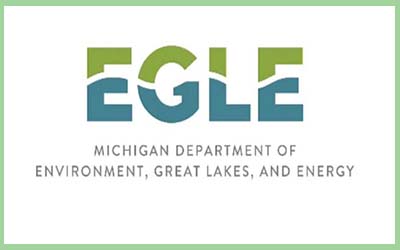
27 grants to conduct stream cleanups and monitoring
|
|
|
|

|
|
|
|
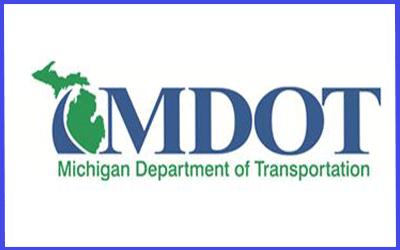

|
| FOR IMMEDIATE RELEASE April 22, 2024
|
MEDIA CONTACT Michael Frezell 517-281-6519 [email protected] |
MDOT’s Transportation Career Pathways Program
promotes career advancement in transportation
Fast facts:
LANSING, Mich. – The Michigan Department of Transportation (MDOT) has announced the launch of its Transportation Career Pathways Program (TCPP), a dynamic initiative designed to equip individuals with hands-on experience and propel their careers forward in the transportation sector.
Running from May through September, the TCPP provides participants with the unique opportunity to explore various career paths, including transportation maintenance worker, transportation technician, and skilled trades helper positions. Through practical work and introduction to diverse transportation functions, participants will gain valuable skills and insights into this ever-evolving field. Participants must be 18 years old prior to the start of the program, possess a valid driver’s license, and will work 40 hours a week. Participants may join later in the season (most finish by September) and can expect to earn up to $17.50 an hour.
“The TCPP is an exceptional paid internship opportunity to gain on-the-job experience in transportation careers at MDOT,” said State Transportation Director Brad C. Wieferich. “This program empowers participants to build a strong foundation for their professional journeys while contributing to the continued development of our communities.”
The program is available in the following MDOT regions: Bay, North, Metro, Southwest, Superior, and University. For more information and to apply, go to www.Michigan.gov/TCPP.
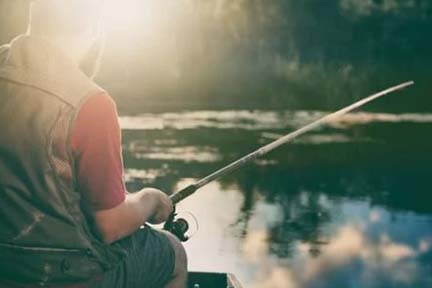
|
|
||||||
 |
||||||
DNR News |
||||||
|

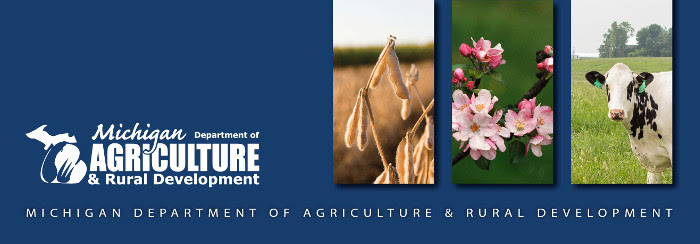 |
| For immediate release: April 18, 2024 Media contact: Chelsea Lewis-Parisio, 517-331-1151 Program contact: Ben Schram, 517-614-7362 MDARD’s Qualified Forest Program Helps Michiganders Save on Property Taxes & Protects Michigan’s Private ForestsApplications for the 2025 tax year are due by September 3, 2024 LANSING, Mich. – The Michigan Department of Agriculture and Rural Development’s (MDARD) Qualified Forest Program (QFP) announced today that applications to receive the tax exemption for the 2025 tax year are due by Tuesday, September 3, 2024. MDARD’s Qualified Forest Program is designed to encourage Michigan’s landowners to actively manage their privately-owned forests for commercial harvest, wildlife habitat enhancement, and improvement of other forest resources. The program provides two potential tax benefits for enrolled landowners in exchange for sustainably managing their forests. “Here in Michigan, we’re focused on protecting our natural resources for future generations. Michigan’s private forestlands are a critical part of those resources, which is why MDARD has the Qualified Forest Program, which encourages sustainable practices with landowners in Michigan,” said Director Tim Boring. “This program provides two possible tax benefits for landowners in exchange for implementing sustainable practices. Protecting our resources is good for businesses, and in Michigan, combating climate change is how we build a strong future for all.” “Michigan’s Qualified Forest Program ensures the viability of Michigan’s forest products industry and its good paying jobs now and into the future while also protecting drinking water, wildfire and sequestering carbon. It is a good deal for landowners and for Michigan,” said Senator Shink (D-Northfield Twp). The two possible benefits which helps save landowners on property taxes are:
Requirements to enroll in QFP include parcels of land that are 20 acres or larger, a forest management plan written by a qualified forester, and enrolled landowners must pay an annual fee; public access is not required. Buildings and structures are allowed but are not eligible for tax exemption. For parcels of land being enrolled that are less than 40 acres, no less than 80 percent must be stocked with productive forest. For parcels 40 acres or more, at least 50 percent must be stocked with productive forest. A productive forest is a forest capable of producing forest products at a rate of 20 cubic feet per acre per year. To apply, landowners are required to submit a QFP Application Form, a QFP Stand Summary and Harvest Schedule, a copy of the most recent deed and/or land contract, a copy of the tax bill(s), a $50 application fee, and a forest management plan. For more information and to get started with the Qualified Forest Program, visit our website or reach out to your local conservation district to connect with a qualified forester. |
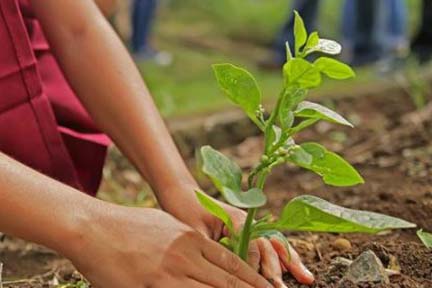
Pontiac, Mich. – Oakland County is taking strides toward a greener, more sustainable government campus with the planting of about 500 trees this spring. When these trees mature, on average, each will remove 48 pounds of carbon dioxide a year from the atmosphere, according to the U.S. Department of Agriculture. That’s the potential to absorb nearly 12 tons of carbon dioxide annually.
In addition, the county successfully decreased its fleet fuel consumption by an impressive 123,000 gallons in 2023. The fuel savings averted the release of 2.46 million pounds of carbon dioxide into the atmosphere. In comparison, the world released 2.57 million pounds of carbon dioxide into the atmosphere every second in 2023, according to the National Oceanic and Atmospheric Administration website.
“These initiatives underscore our continued commitment of sustainable practices – Earth Day is every day in the county,” Oakland County Executive Dave Coulter said. “By planting trees and reducing fleet fuel consumption, we are taking proactive steps to protect our environment and build a more resilient future.”
Oakland County’s strategic sustainability goal is to reach net zero carbon emissions for county operations by 2050, with an interim target of cutting its greenhouse gas emissions in half by 2035.
“Each action we take impacts our environment – big and small,” said Chief Sustainability Officer Erin Quetell. “It is our goal to make aggressive changes to reduce our emissions, while also creating a more accessible, safe, and enjoyable Oakland County campus.”
This ambitious tree planting initiative, which began April 8, will see a mix of native evergreen, deciduous shade, and flowering trees all over the main campus and at the South Oakland Office Building and South Oakland Health Center. It not only enhances the beauty of the campus but also plays a vital role in mitigating climate change, improving air quality, and fostering biodiversity within the community. The goal is to plant 2,027 trees on the government campus by 2027.
“There are several benefits to planting these trees such as air purification, oxygen generation, and reduction of the heat island effect,” said Mark Baldwin, chief of landscape services for Oakland County. “The biggest benefit I see is that people like trees and it makes them happier when they see more trees.”
The county purchased the trees, which are seven to 15 years old, from suppliers in both the Upper and Lower peninsulas. Oakland County Facilities, Maintenance & Operations grounds crews are planting them using current International Society of Arboriculture guidelines to help the roots grow outward from the root ball instead of in a circular fashion which results in roots girdling the trunk.
The other way Oakland County is building a sustainable campus is by reducing its fleet fuel consumption, reducing carbon dioxide emissions. Its fleet of more than 900 vehicles is responsible for 15% of the county’s greenhouse gas emissions.
The county has adopted several measures to cut fuel use. These include adding electric and hybrid vehicles, with 10 EVs and three hybrids already in use. The county also replaces vehicles every five years, well below the 14-year average for private vehicles, thereby acquiring vehicles that are more fuel-efficient more often. Moreover, frequent wheel alignments, as part of a rigorous maintenance program at the county’s Central Garage, are saving around two percent in fuel consumption. These efforts are not only reducing emissions but also saving costs and promoting environmental sustainability.
Oakland County’s buildings, which cover nearly 2 million square feet, account for 76% of the county’s greenhouse gas emissions. In a partnership between the Oakland County Facilities Management Department and the Office of Sustainability, the team is working towards building decarbonization, energy efficiency, and future building electrification.
Oakland County’s strategic goal of sustainability will continue to explore and implement innovative solutions to address environmental challenges and promote a healthier, more sustainable future. For more information about Oakland County’s sustainability initiatives, click on oakgov.com/sustainability.